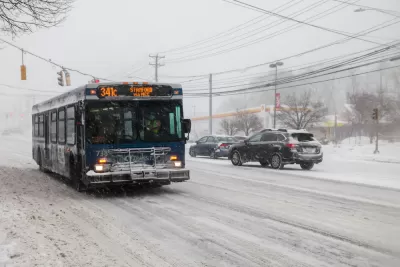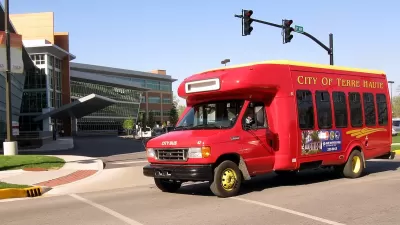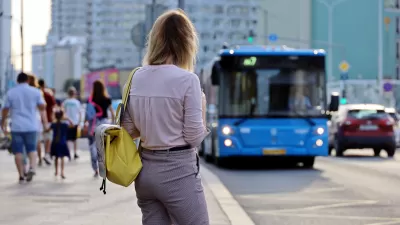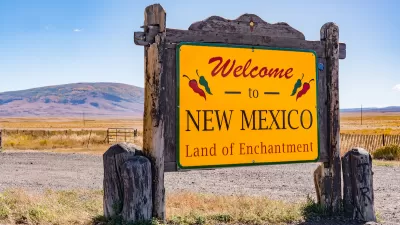State officials say federal requirements forced the end of a twelve-month pilot program, and that the state doesn’t have the funding to continue providing free fares with the end of federal assistance.

“After a year of free rides, CTtransit and other public transit buses ended a yearlong fare-free transit program originally introduced to expedite boarding during the COVID pandemic and help residents financially during tough economic times.” Writing for Connecticut Public Radio, Chris Polansky investigates the reasons why.
According to the state’s governor, “the federal government forced the popular program to expire” by mandating an equity study before free fares can resume. A spokesperson for the Federal Transit Administration (FTA) said “Setting fares is a local – and in this case, state – decision,” but that the equity analysis, a “routine activity,” is indeed required to continue a fare-free program past twelve months.
The article details the back-and-forth between state DOT officials, the governor’s office, and state lawmakers. While lawmakers say a fare-free program isn’t possible without federal dollars and would lead to service reductions, “advocates for free transit service point to a projected better-than-$200 million surplus in the state’s Special Transportation Fund they believe could be used to cover that cost and keep the program rolling.”
Christine Cohen, D-Guilford, chair of the Senate Transportation Committee, said “funding the program would create a ‘significant hole’ in the STF [Special Transportation Fund], leaving it in the red a few years from now.” Governor Lamont’s office says it “remains committed to working with all stakeholders to increase service and ridership in a way that is accessible and fair to all.”
FULL STORY: Free fares are over for CT bus riders. Who's to blame?

Trump Administration Could Effectively End Housing Voucher Program
Federal officials are eyeing major cuts to the Section 8 program that helps millions of low-income households pay rent.

Planetizen Federal Action Tracker
A weekly monitor of how Trump’s orders and actions are impacting planners and planning in America.

Ken Jennings Launches Transit Web Series
The Jeopardy champ wants you to ride public transit.

‘Smart Surfaces’ Policy Guide Offers Advice for Building and Maintaining Urban Tree Canopies
Healthy, robust tree canopies can reduce the impacts of extreme heat and improve air quality.

New Jersey Lawsuit Targets Rent-Setting Algorithms
The state of New Jersey is taking legal action against landlords and companies that engage in what the state’s Attorney General alleges is illegal rent fixing.

Washington Legislature Passes Rent Increase Cap
A bill that caps rent increases at 7 percent plus inflation is headed to the governor’s desk.
Urban Design for Planners 1: Software Tools
This six-course series explores essential urban design concepts using open source software and equips planners with the tools they need to participate fully in the urban design process.
Planning for Universal Design
Learn the tools for implementing Universal Design in planning regulations.
Heyer Gruel & Associates PA
Ada County Highway District
Institute for Housing and Urban Development Studies (IHS)
City of Grandview
Harvard GSD Executive Education
Toledo-Lucas County Plan Commissions
Salt Lake City
NYU Wagner Graduate School of Public Service





























